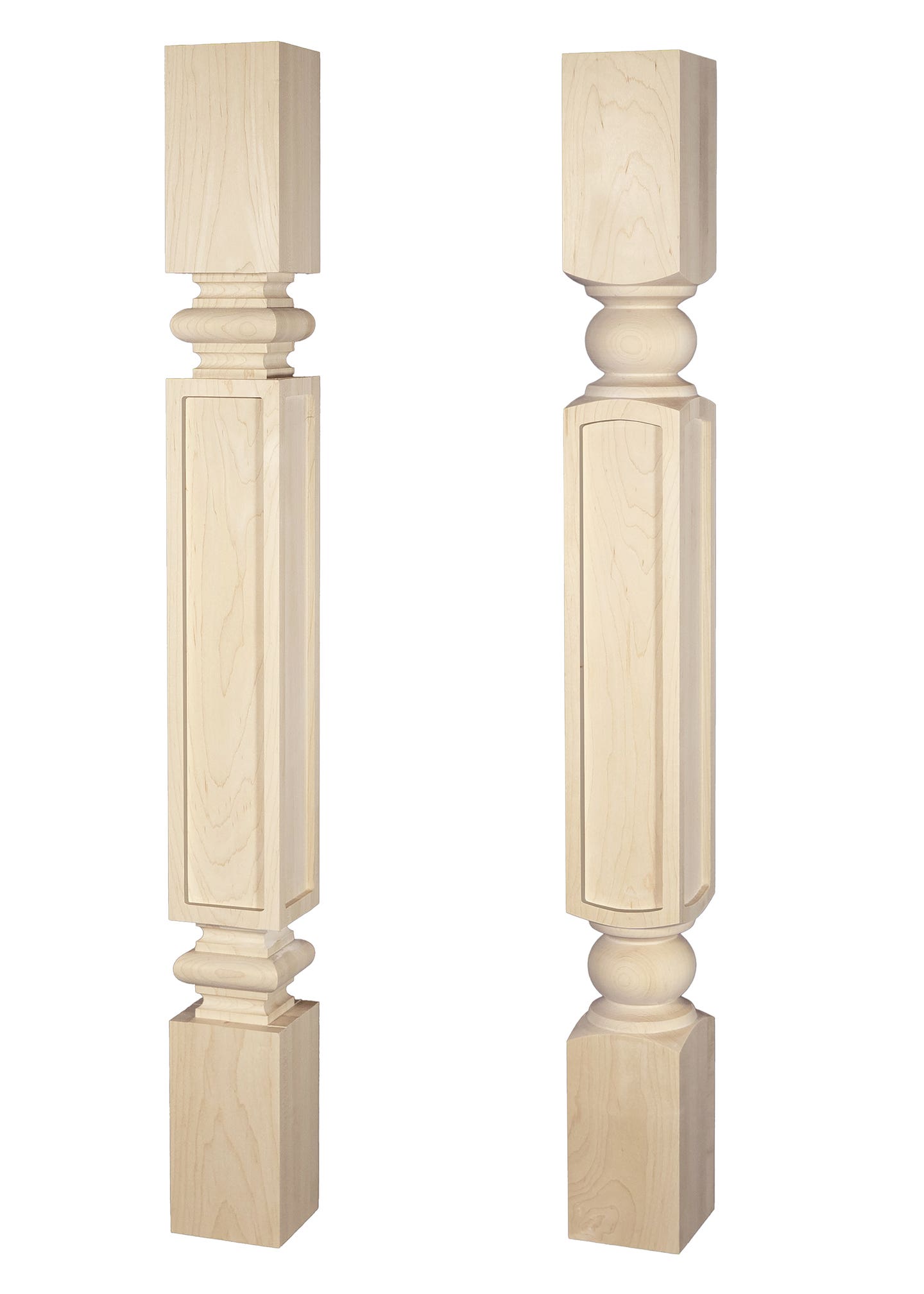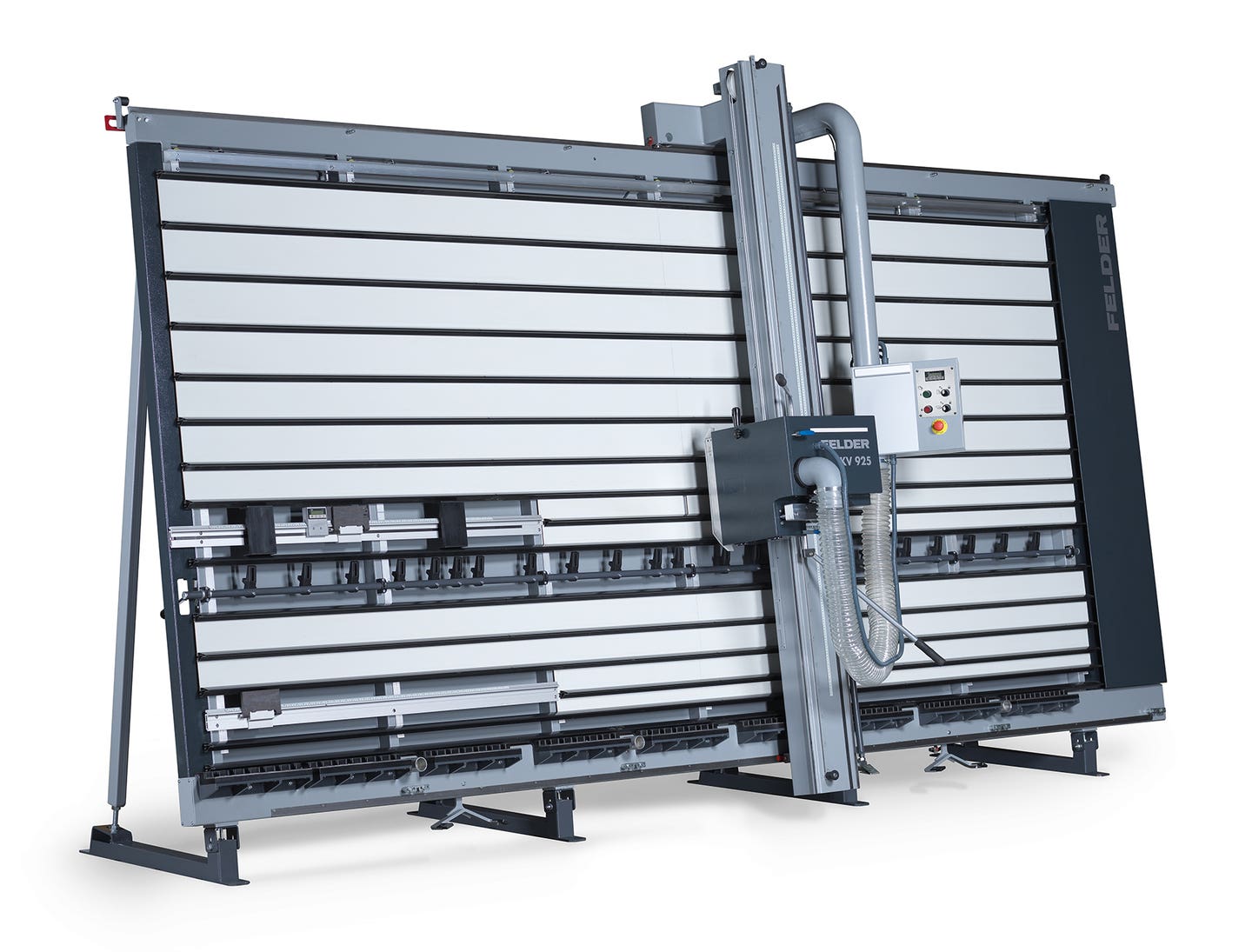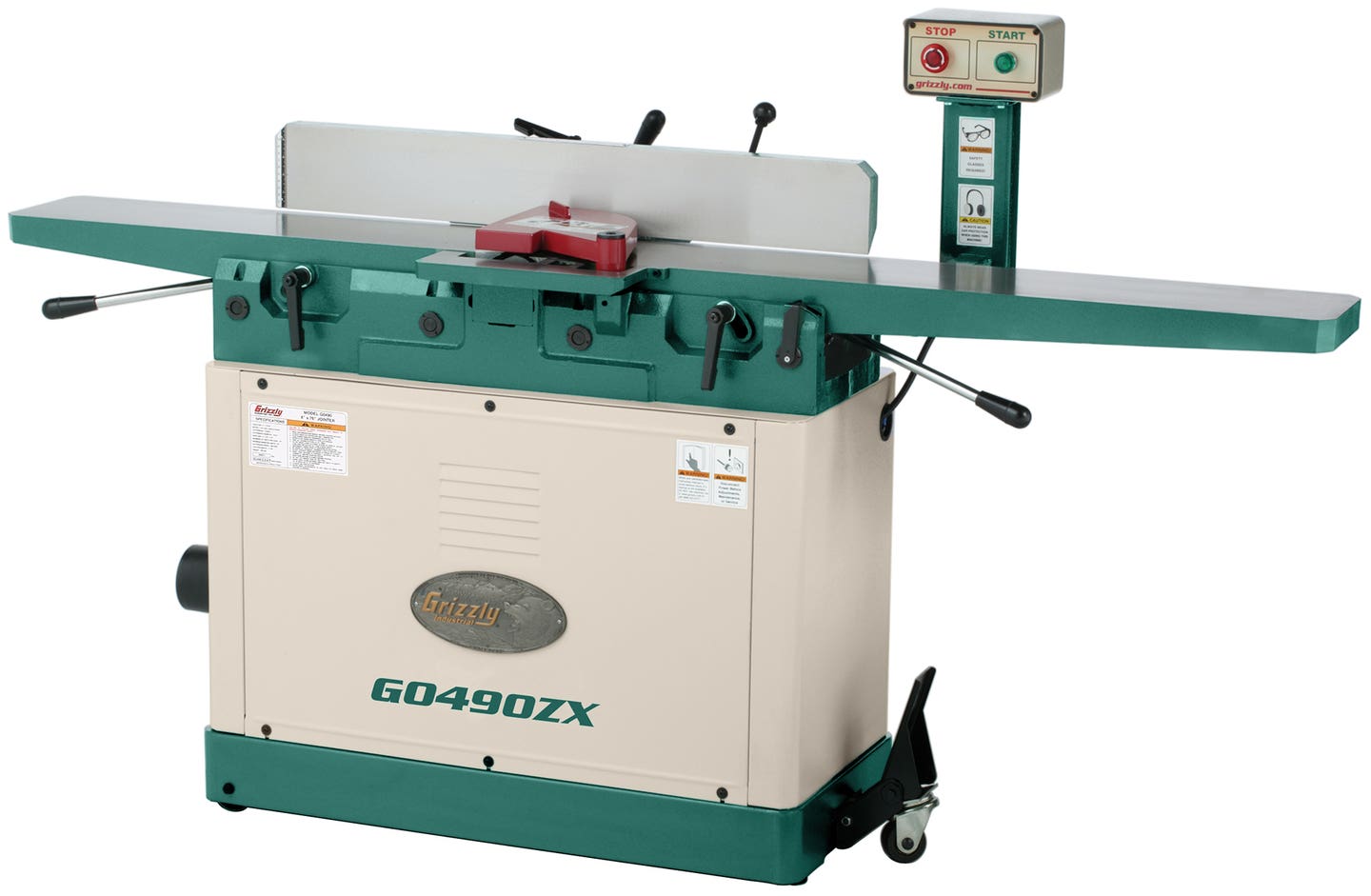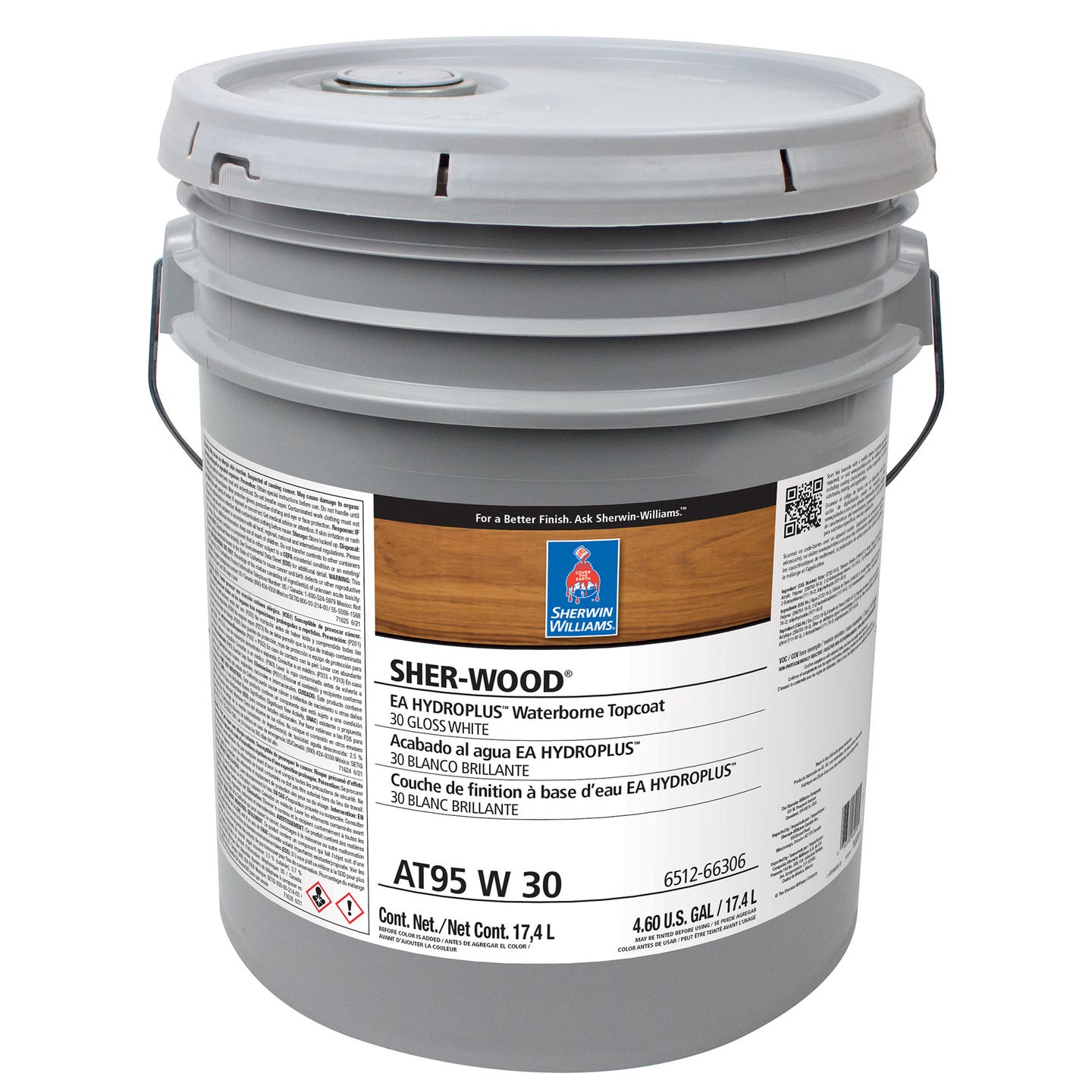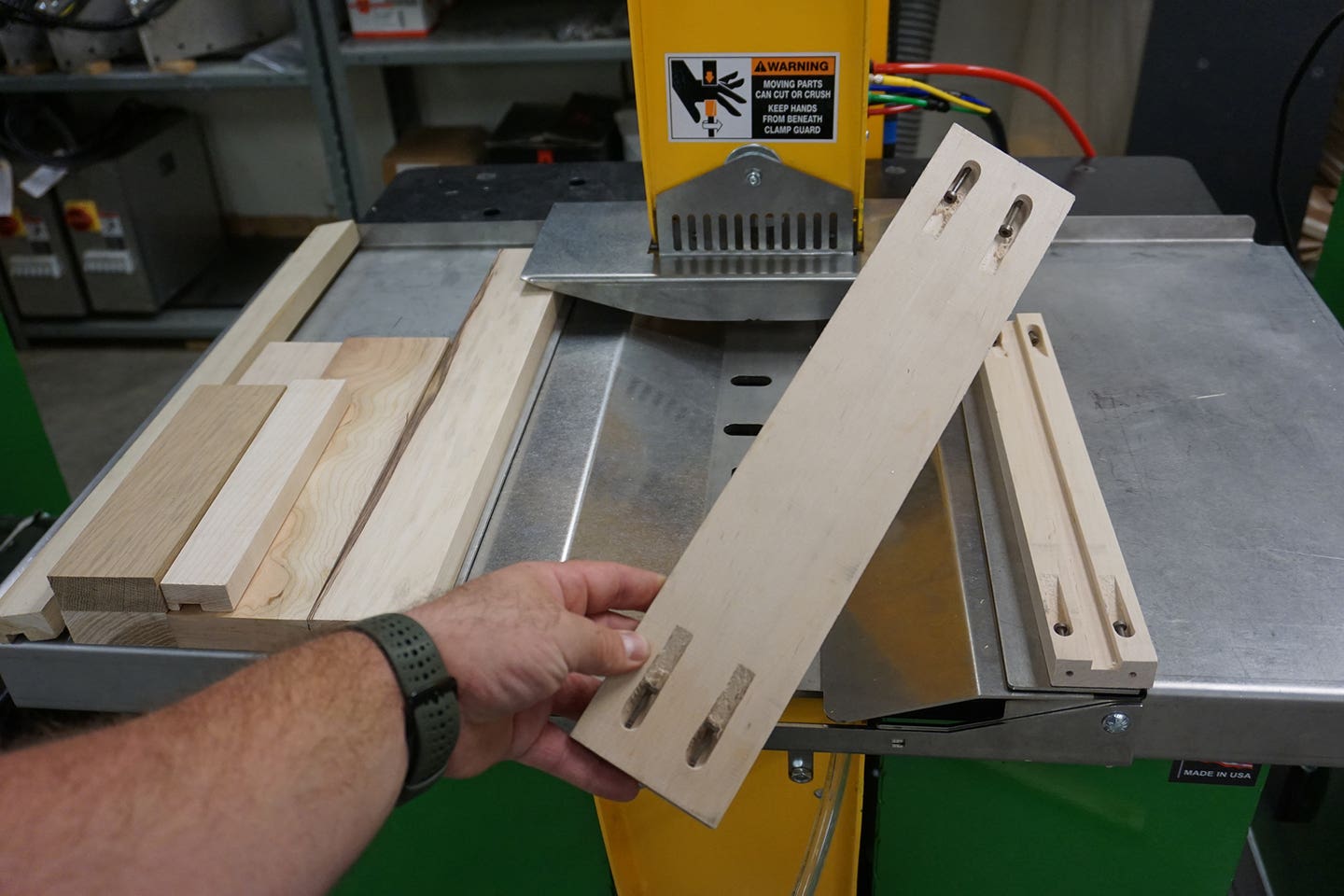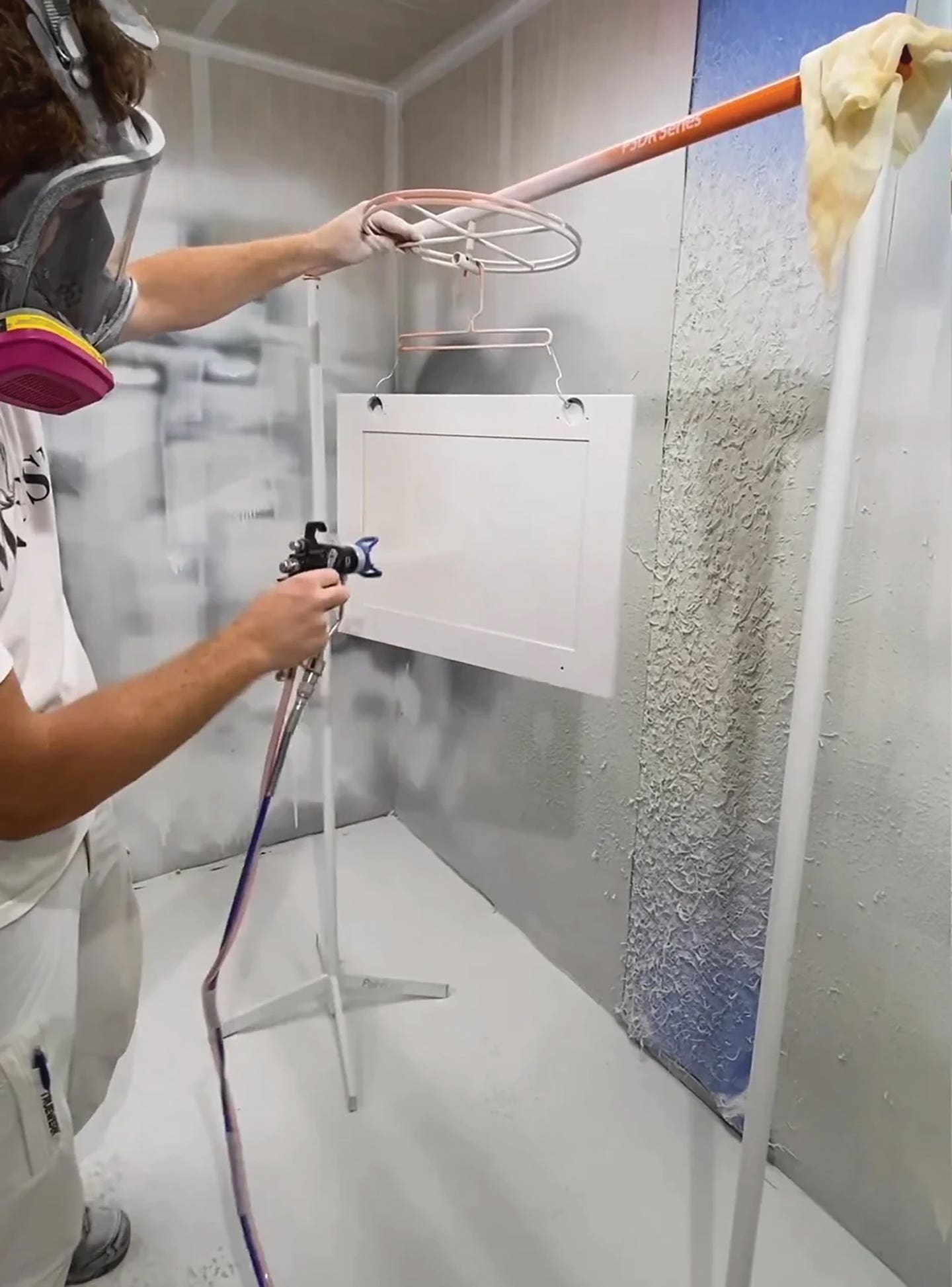A cut above
Recent table saw innovation focuses on safety, automation and cordless solutions
The term ‘table saw’ covers a wide range of machinery from battery-powered portable jobsite saws to industrial strength, fully automated sliding table saws. As the size and scale of the saw varies, so do trends in technology, options and power. For example, those battery-operated units are becoming more populous now because of advances in brushless motors and higher amp-hour (Ah) cell packs. On the other end of the scale, large industrial saws are benefiting from technologies such as efficiency software, higher levels of automation, new safety devices and better movement mechanics. There’s a cut-off here between table saws and panel saws, the latter being essentially CNC controlled and aided by robotic loading and unloading. The sliding table saw is still, for the most part, a hands-on solution.
For shops reducing panels to casework parts, it’s hard to beat a slider. The basic concept is that the work no longer needs to be manually guided through the blade. It sits on a table that controls movement, and that is determined very precisely by an operator who is using a panel of buttons or a touch screen controller. The most obvious advantage is superb repeatability, but beyond the precision a slider also removes the operator from the immediate vicinity of the blade for many cuts. That reduces exposure to both teeth and dust.
For cuts that require proximity to the blade, sliding saw manufacturers are introducing a number of new technologies. Perhaps the most familiar is the sensor that was developed by SawStop, which has saved a lot of digits in schools and small shops over the years. It senses when a finger touches the blade and immediately drops the blade below the table into a block of aluminum that acts as a brake.
A new generation of finger saving devices stop the blade before that physical contact is made, so that the operator doesn’t even face the possibility of being slightly nicked. They also drop the blade below the surface without destroying it, and that means there’s a lot less downtime. The initial cost for these systems is a lot higher than the SawStop solution, and they are generally only available on larger industrial saws. For example, Altendorf’s system works by processing images that are captured by a pair of cameras that deliver digital information to a processor. This in turn automatically recognizes hands and stops the saw before the fingertips get too close. And the Felder Group has developed Preventive Contact System, which detects human tissue in the danger zone by using technology that is based on the electro-magnetic law of repulsion. When the risk of an accident is detected, PCS triggers the lowering of the saw blade under the saw table at the speed of light. The saw is immediately ready to use again at the push of a button.
Another trend in manually operated sliding table saws is the option of a range of speeds that can be matched to tasks, thicknesses and material. That has an impact on both cut quality and energy consumption. So does the fact that the scoring blade on many sliders can now be controlled using a touch screen, which is only available when the smaller blade moves independently of the large one. Some budget-minded machines don’t offer this option, so the main blade and the scoring blade are always locked into the same plane. That means when the larger blade is changed for one with a different kerf thickness, the corresponding small blade may need to be manually shimmed to keep it centered.
Evolving intelligence
Industry-wide, a higher degree of automation is making life a lot easier and safer. And much of what was once restricted to high-end machines is now becoming more commonplace across the price points. For example, as one tilts the blade on many saws, the fence will now automatically reset to avoid any possible collision. Increased sensitivity also helps another trend in table saws, which is the ability to change the fence face from vertical to horizontal. This is usually just a matter of unlocking the face, sliding it off the fence, and then rotating it 90 degrees before reinserting it. The vertical face is used for most operations such as sizing panels or solid wood, while the horizontal setting is used with thin materials such as veneer or laminates. Many controllers can now sense the change and either automatically compensate for any difference in fence thickness by moving the fence, or else they alert the operator to adjust accordingly.
Saw bodies are constantly evolving, too. The newest generations are still generally cast iron, but the sliding tables are being made from tough and lightweight anodized aircraft grade aluminum. That means they slide easier and are less taxing on the operator over the course of a full shift. Most larger saws now use gravity to their advantage, too. Instead of horizontal (side-mounted) dovetailed or bearing ways or slides, they transfer the weight down rather than sideways, and that means less chance of developing sway or sideways wear over the life of the machine.
Several manufacturers have updated their expanding support systems so that relatively smaller sliding saws can support larger workpieces. One thing to watch for here is whether the expansions compensate for angled cuts. When a woodworker changes the angle of the miter fence, that changes the distance between the blade and any stops on the fence. Some machines now have built-in ways to correct for that, which makes adjusting between straight and angled cuts a lot faster and more accurate. The stop, or sometimes the entire fence, can be slipped back and forth a set amount, depending on the angle, and then reset for the next cut without the need to measure again, or use any tools.
Another trend in sliders is better access to blades for faster change-outs. Blades are, of course, the heart and soul of any saw. With larger blades, even a microscopic misalignment in the arbor or a tiny warp in the blade body can become much more noticeable when extended out to the edge of the teeth. Any minute error can increase the width of the kerf, cause tear-out along one edge of the cut, and make the motor have to work a little harder to compensate. Many machines can now sense aberrations, and some can automatically fix the problem.
Some larger saws now include a pneumatic or manual clamp that slides along an overhead beam, so that thinner materials can be held flat on the table during long cuts. And smaller saws are seeing new trends, too. For example, Laguna Tool’s line-up of Fusion table saws all include the company’s Hi-Lo dust collection system that includes the topside vacuum that many of us have dreamed about for years.
Jobsite saws
Lightweight and portable battery-operated saws are being offered by power tool manufactures DeWalt, Metabo and Milwaukee, and these will soon be joined by Makita. Others will follow. The DeWalt saw lets the tool recognize different batteries (20- to 60-volt). This is an 8-1/4” saw that has a built-in roll cage base, rack-and-pinion fence rails, and a power loss feature that won’t start the blade when a fresh battery is installed, even if the switch is on. Metabo’s C3610DRJQ4 is a 36-volt brushless, cordless saw that can rip up to 35”, and it can also be plugged into the mains if the battery charge runs out. And the Milwaukee 2736-21HD is an 18-volt (12 Ah) saw with a brushless motor, Redlink intelligence on board, 24-1/2” rip capacity and a riving knife.
There are a number of well-designed corded jobsite table saws that reveal new trends, such as the very easily removed riving knife on the impressively priced Grizzly G0869 or the powerful worm drive torque offered by Skilsaw’s rugged SPT99. DeWalt’s 10” jobsite saw (DWE7491RS) has a rack-and-pinion telescoping fence system and an impressive 32-1/2” rip capacity, while Bosch’s 4100XC-10 has a clever gravity-rise wheeled stand with large rubber tires, soft start, constant response circuitry and a large table. Maksiwa’s innovative portable saw (model SC.650.I, available through Woodcraft) has a laser guide, a sliding table with a squaring function and a dust collection bag beneath the saw body.
SawStop’s 10” jobsite saw incorporates the company’s safety system that was mentioned earlier, and it also has a neat dust collection guard plus very fast height and tilt controls. There’s even an on-board computer and a hi-low fence. Makita’s lightweight 2705X1 comes with a riving knife and an electric brake, plus blade changes are tool-free. Metabo says its C10RJSM can handle a 13/16” wide dado set and can rip to 35” while still being one of the more compact portable units. It also comes with a short rear extension to support longer parts. The ability to use a dado set is also advertised by Delta for its 36-6023 saw, which is one of the least expensive but most powerful models available.
The portable table saw niche is being impacted by the emergence of very reliable track saw systems that offer woodworkers another solution for handling large sheets on the jobsite. Track saws are very portable and relatively inexpensive, and when combined with a miter saw they can solve most jobsite challenges. However, many fine woodworkers prefer the control, safety and precision that a small table saw offers. Manufacturers recognize this and most now offer scissors leg systems that make these tools even more portable on the way to the jobsite, and more dependable once there.
This article was originally published in the March 2021 issue.


